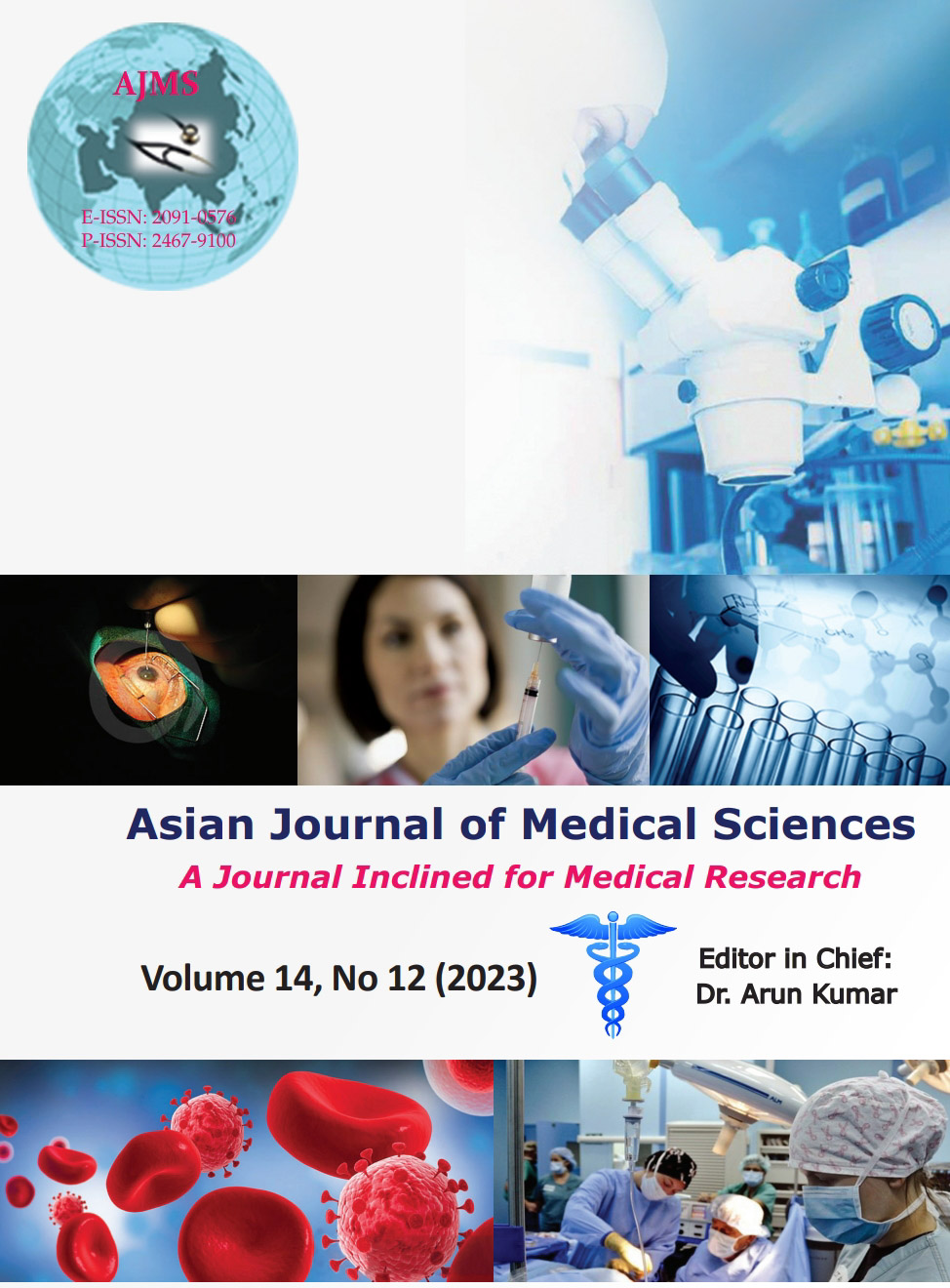A prospective audit to assess the feasibility of sentinel lymph node biopsy and/or low axillary sampling in clinicoradiologically node-negative axilla for early breast carcinoma
Keywords:
Sentinel; Lymph node biopsy; Axilla; Breast carcinomaAbstract
Background: Sentinel lymph node (SLN) dissection was designed to minimize side effects of lymph node surgery but still offer outcomes of axillary lymph node dissection.
Aims and Objectives: Our study is designed to determine whether SLN resection achieves the same therapeutics outcome as complete axillary dissection but with fewer side effects for node-negative axilla in clinicoradiologically operable breast cancer patients.
Materials and Methods: Duration-based prospective observational study was carried out at the General Surgery and Surgical Oncology Department at Government Medical College and Hospital, Aurangabad with a duration of 2 ½ years from July 2019 to January 2022. A total of 36 patients of breast cancers with stages T1-T2, N0 with clinically and radiologically negative axilla from July 2019 to January 2022 duration were included in our study.
Results: When the histopathological status of axillary lymph nodes was compared to the histopathology of SLNs it was seen that out of 36 patients, the histopathology of sentinel node was positive in 10 patients (10/36) however the rest of the axilla was positive in 6 cases and negative in 4 cases and the histopathology sentinel node was negative in 26 patients out of 36 cases (26/36) however the rest of the axilla was also negative in 24 cases and positive in 2 cases.
Conclusion: SLN biopsy using methylene blue dye alone is a highly reliable and predictable technique to stage the axilla in breast cancer patients as this study shown a low false-negative rate (7.69%). This technique may help to avoid complete axillary lymph node dissection in sentinel node-negative patients thereby minimizing the morbidity of axillary lymph node dissection. This study demonstrates that sentinel node localization is possible with methylene blue dye alone.
Downloads
Downloads
Published
How to Cite
Issue
Section
License
Copyright (c) 2023 Asian Journal of Medical Sciences

This work is licensed under a Creative Commons Attribution-NonCommercial 4.0 International License.
Authors who publish with this journal agree to the following terms:
- The journal holds copyright and publishes the work under a Creative Commons CC-BY-NC license that permits use, distribution and reprduction in any medium, provided the original work is properly cited and is not used for commercial purposes. The journal should be recognised as the original publisher of this work.
- Authors are able to enter into separate, additional contractual arrangements for the non-exclusive distribution of the journal's published version of the work (e.g., post it to an institutional repository or publish it in a book), with an acknowledgement of its initial publication in this journal.
- Authors are permitted and encouraged to post their work online (e.g., in institutional repositories or on their website) prior to and during the submission process, as it can lead to productive exchanges, as well as earlier and greater citation of published work (See The Effect of Open Access).




